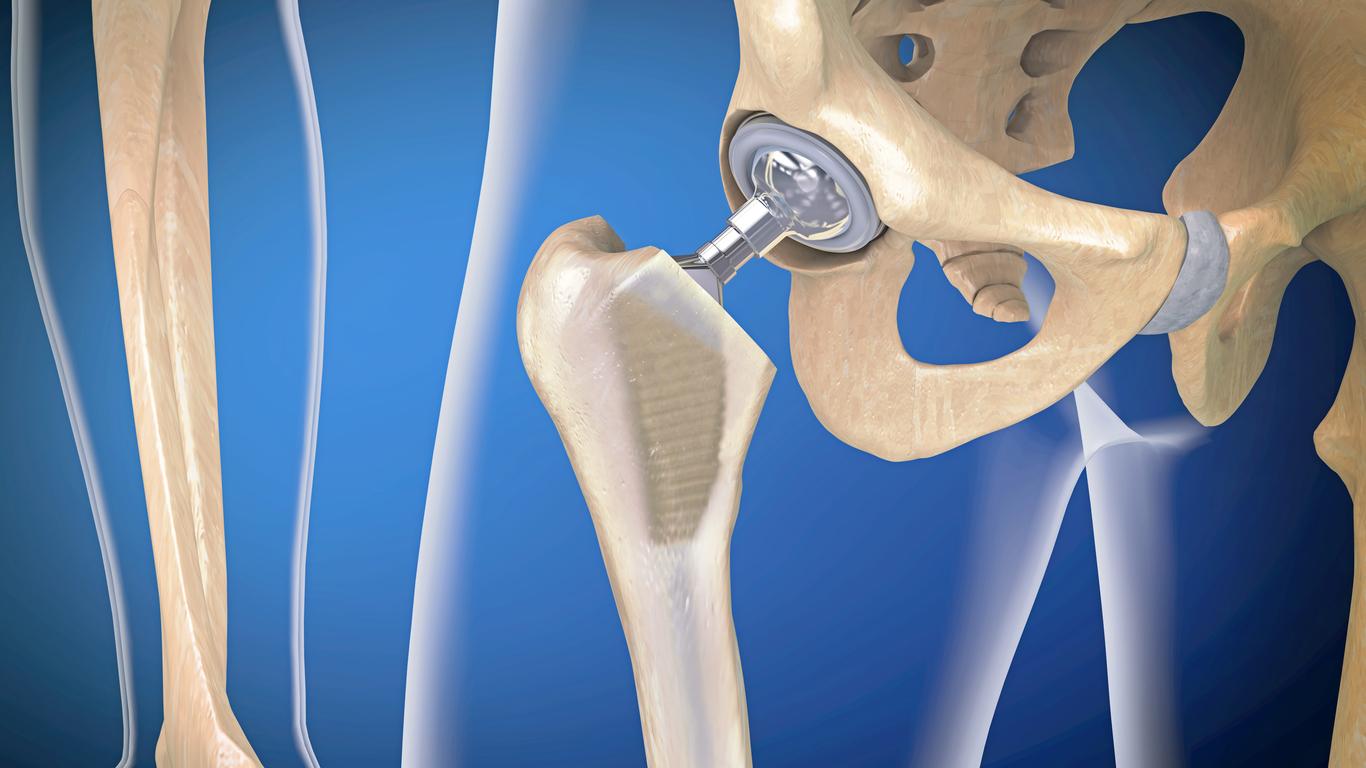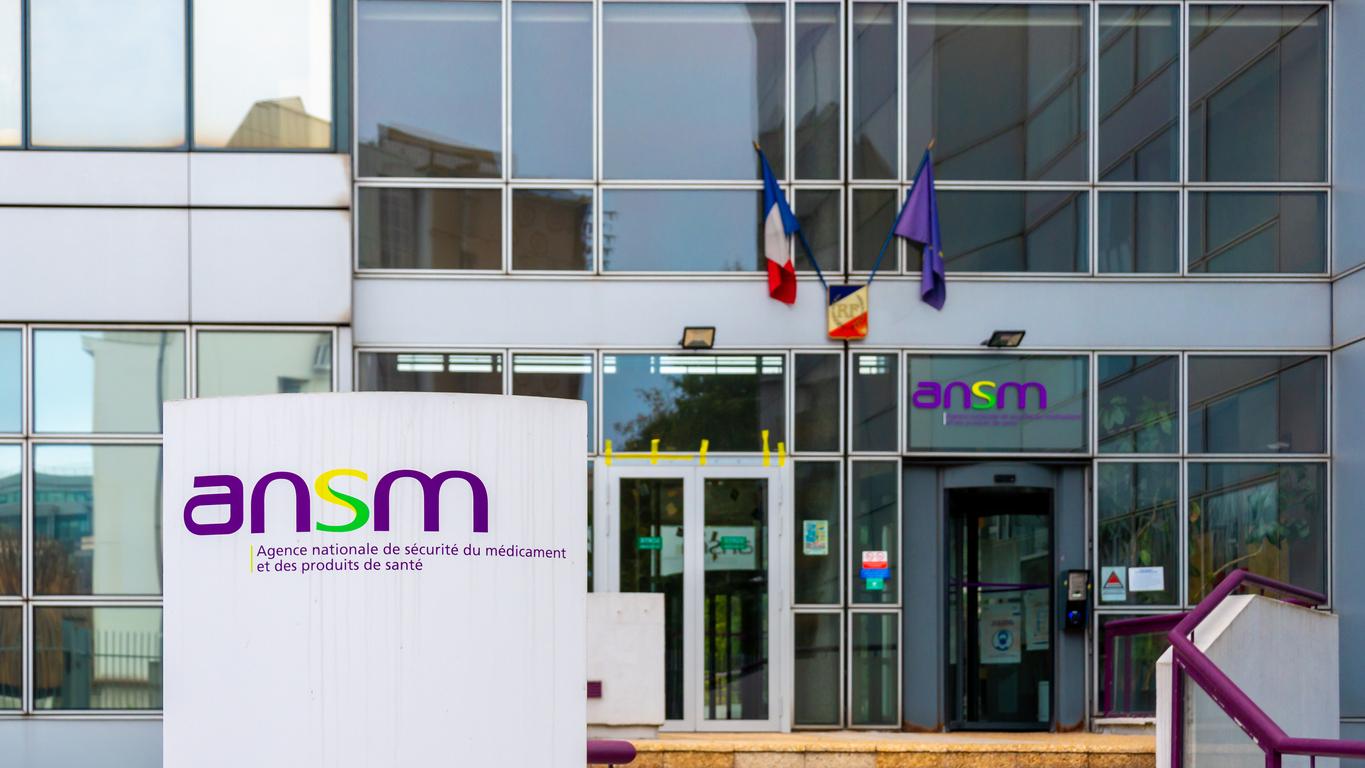Two French studies show that the new oral anticoagulants do not cause an excess risk of bleeding. But the results cover a short period and need to be confirmed.

Medicines under close surveillance. New oral anticoagulants (NACO) (now called direct oral anticoagulants, AOD) have indeed been scrutinized by health authorities, who fear the risk of bleeding. They are used to prevent blood clots and prevent thromboembolic events, but they have a major drawback: there is no antidote for bleeding.
The National Medicines Safety Agency (ANSM) and the National Health Insurance Fund (CNAMTS) have just carried out two studies to assess this hemorrhagic risk. The first was conducted among 25,000 people, of whom 9,500 changed their anticoagulant from an antivitamin K, the standard treatment, to a NOAC. The second involved 70,000 so-called “naïve” patients, ie who had never taken oral anticoagulant. And the first results are reassuring. In both cases, there was no increased risk of a severe bleeding event with NOACs compared to VKA. But for François Hebert, of the ANSM, these results should be taken with caution because they relate to a very short period, 3 to 4 months.
Listen to François Hebert, Deputy Director General of ANSM: “We must remain cautious and repeat these studies in the coming months with more robust data. However, they do not call into question the recommendations of the HAS ”
As François Hebert underlines, these results do not call into question the recommendations of the Haute Autorité de santé. Last year, she advocated the use of NOACs in 2th intention in patients with nonvalvular atrial fibrillation. “There is currently no scientific argument to replace an effective and well-tolerated anti-vitamin K treatment with another oral anticoagulant,” wrote the HAS.
Doctors’ prescription conditions are also under surveillance. In less than two years, the NACOs have succeeded in conquering 20% of the market. A dazzling start for drugs which have the advantage of not requiring biological monitoring unlike VKA, but which, in addition to the risk, hemorrhagic have another major drawback: their price. It takes about 3 euros per month for AVK against 70 euros for NACO. And for the moment, nothing indicates that their effectiveness is better. Here again, more long-term studies are necessary to really know the interest of NOACs, and to know whether the expenses incurred are justified.
.















